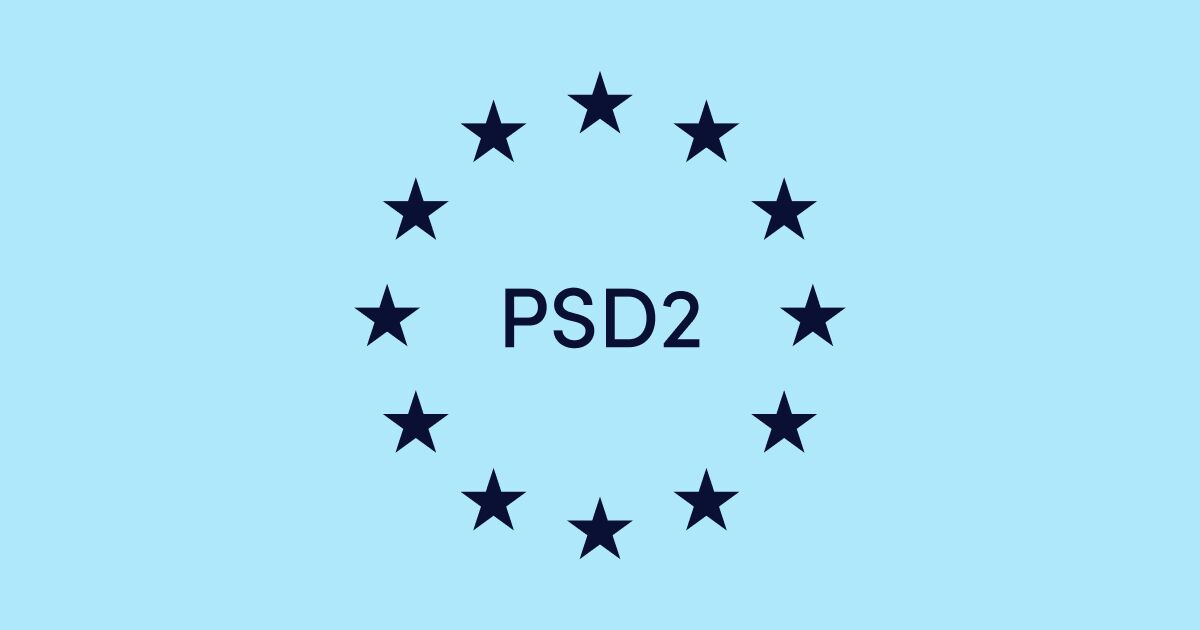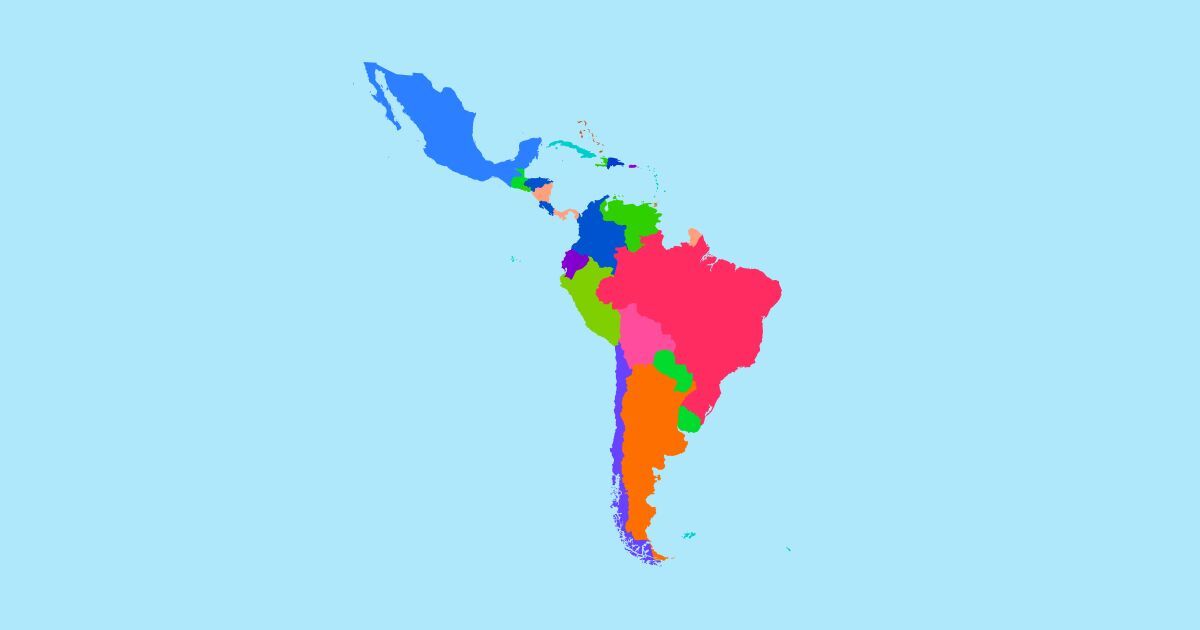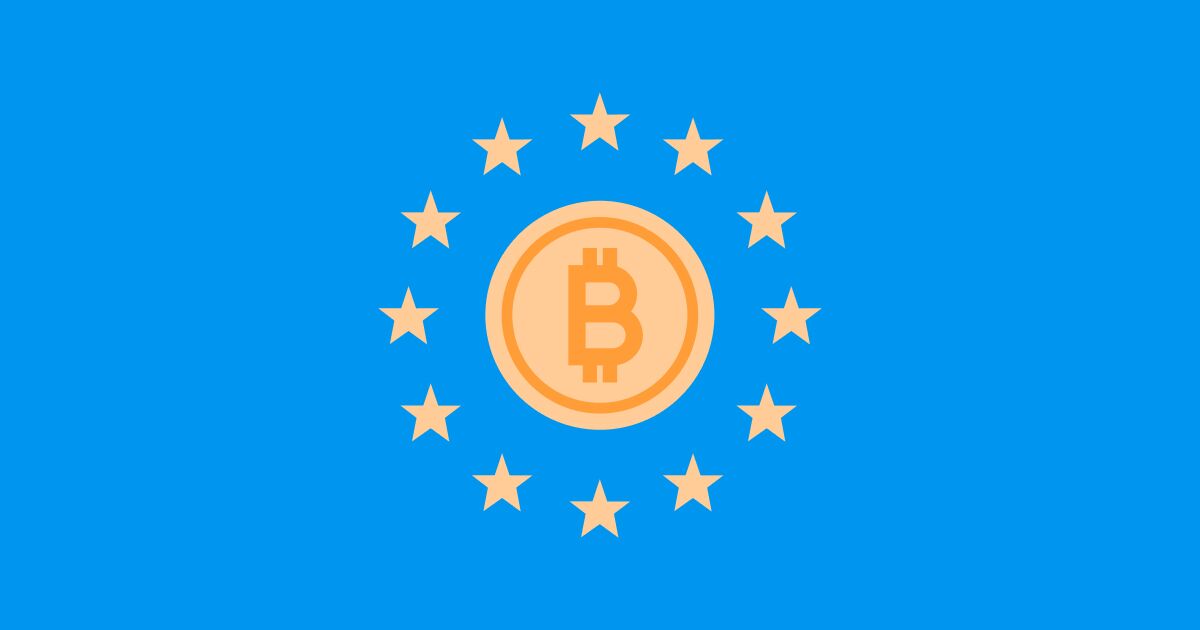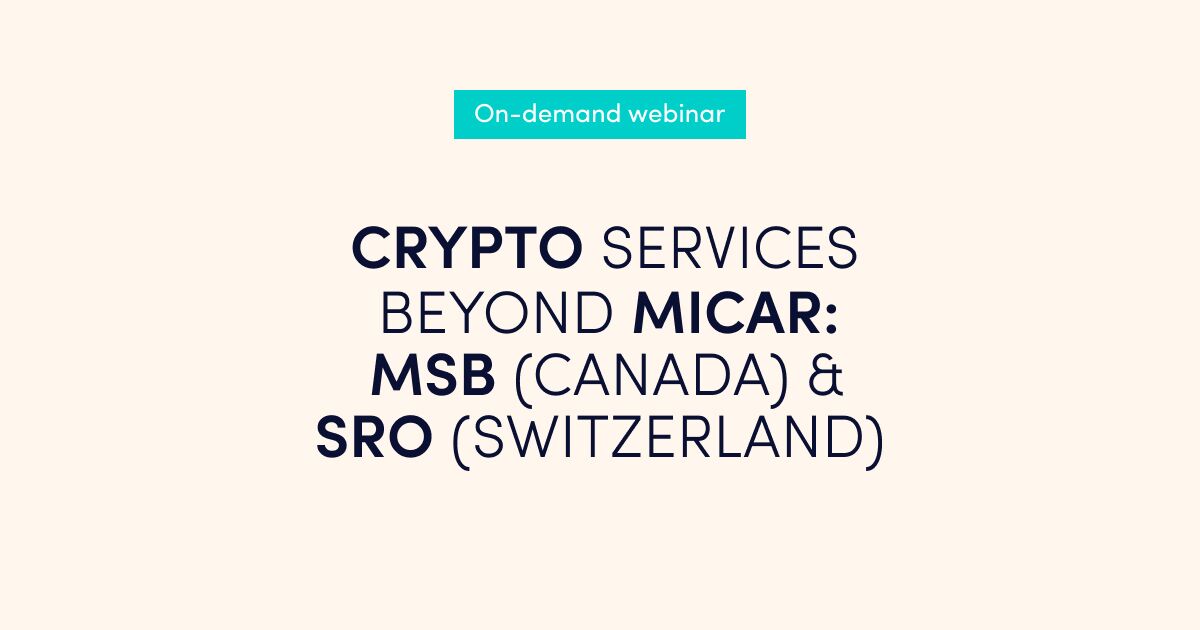Read this article to find out what does a PSD2 license mean and which services you can provide with it. We will also discuss everything you need to know about the application process for a PSD2 license.
What is PSD, PSD2 and PSD2 license?
The Payment Services Directive (PSD) officially came into force on 1 November 2009. Did you know that it is actually the first significant piece of legislation to cover payment services and their providers across the EU?
The European Commission has outlined its key objectives as follows: “The PSD aims at establishing a modern and comprehensive set of rules applicable to all payment services in the European Union. The target is to make cross-border payments as easy, efficient and secure as ‘national’ payments within a Member State. The PSD also seeks to improve competition by opening payment markets to new entrants, thus fostering greater efficiency and cost reduction.
At the beginning of 2018, the revised Payment Service Directive, known as PSD2, was introduced in the EU. New technical standards defining measures of practical PSD2 implementations came into force on 14 September 2019. It resulted in new security standards on how payments shall be processed. New technical standards for online card purchases took effect on 1 January 2021.
Additionally, the PSD created a new entity known as a “Payment Institution” – requiring a licence to carry out payment services. In contrast, the PSD2 set out information requirements to apply for a payment institution license as well as to register as an account information services provider (AISP) and as a payment initiation services provider (PISP).
The PSD2 license or Payment Institution license allows companies to provide payment services in compliance with PSD2.
List of payment services
1) Services enabling cash to be placed on a payment account as well as all the operations required for operating a payment account
2) Services enabling cash withdrawals from a payment account as well as all the operations required for operating a payment account
3) Execution of payment transactions, including transfers of funds on a payment account with the user’s payment service provider or with another payment service provider:
(a) execution of direct debits, including one-off direct debits.
(b) execution of payment transactions through a payment card or a similar device.
(c) execution of credit transfers, including standing orders.
4) Execution of payment transactions where the funds are covered by a credit line for a payment service user:
(a) execution of direct debits, including one-off direct debits.
(b) execution of payment transactions through a payment card or a similar device.
(c) execution of credit transfers, including standing orders.
Permissions 1,2,3, and 4 relate to issuing a payment account to customers. Under the above circumstances, you can offer your payment accounts to customers with a payment institution license. Meaning that you can allow your customer to perform several payment activities under your payment account:
• enable customers to deposit cash into the account;
• enable customers to withdraw cash;
• use your payment account to make purchases from retail merchants and online stores;
• set up direct debits and standing orders.
5) Issuing of payment instruments and acquiring of payment transactions
Generally speaking, payment instruments provide payment cards (e.g., debit cards and credit cards) and many other personalised devices and a set of rules. The issuer and user usually agree on the approach how to initiate payments.
PSD2 allows payment service providers to issue card-based payment instruments to the same account and execute card-based payments from the account with managing the account of the payment service user.
Such type third party payment service providers – which act like a bank without servicing the account of the payer – will be able to receive a confirmation (a yes/no answer after consent of the user) from the financial institution where the account is held, e.g., whether there are sufficient funds on the account to carry out payments.
According to the scope of services, you can acquire retail merchants and accept electronic payments from their customers. In this scenario, you will have a direct relationship with your acquirer, usually a bank. Under your license, you can offer merchants the facility of accepting card payments.
6) Money remittance
Overview of money remittance in the scope of PSD2 – ‘money remittance’ means a payment service where funds are received from a payer, without any payment accounts being created in the name of the payer or the payee, for the sole purpose of transferring a corresponding amount to a payee or to another payment service provider acting on behalf of the payee.
7) Payment initiation services
Payment initiation services providers typically help consumers make online credit transfers and inform the merchant immediately of the payment initiation. Thus, it allows companies to provide immediate dispatch or real-time access to services purchased online. Online payments are an alternative to credit card payments. This type of payment offers an easily accessible payment service. The client only needs to be a holder of an online payment account. Read more about Payment initiation services here.
8) Account information services
Account information services provide a global overview of their financial situation and target customers and other businesses. This kind of information enables customers to consolidate different payment accounts (e.g., with one or more banks). It also categorises and helps clients identify their spending according to different typologies (food, energy, rent, leisure, etc.) As a result, it helps with budgeting and financial planning. Read more about Account information services here.
PSD2 participants
With the new regulation, a new terminology flooded the industry. Below are the ones you should know when we talk about the PSD2:
- AISPs (Account Information Service Providers) – Providers can ask for permission to connect to a bank account using an API. In turn, they use the bank account information to provide their service. However, having such access to such data means that you can ”read-only”, e.g., these providers can’t move funds from the account.
- ASPSPs (Account Servicing Payment Service Providers) – A customer’s issuing bank provides and support payment accounts. Usually, they publish APIs so that the customers can share their account data with TPPs to initiate payments on their behalf.
- PISPs (Payment Initiation Service Providers) – Authorised PISPs can move funds on the customer’s behalf via connecting to the bank account. An example of a practical use case is the automatic transfer of funds to a customer’s savings account.
- TPPs (Third-Party Providers) – Third-Party Providers are either Payment Initiation Service Providers (PISPs) or Account Information Service Providers (AISPs), or both.
- PSUs (Payment Service Users) – Users of any of the services mentioned above providers.
Types of PSD2 licenses
Authorised Payment Institution
The Initial Capital Requirements for PI are EUR 20 000 (only money remittance), EUR 50 000 (only the payment initiation services), EUR 125 000 (for others). What is helpful is that PIs can passport their services to other EU countries. Companies willing to provide PIS or PIS and other payment services must apply and become an authorised payment or e-money institution. The minimum of the initial capital is €50,000 and higher if they plan to provide other payment & e-money services.
Small Payment Institution
There are no Initial Capital Requirements for Small EMI licenses and Small PI licenses. However, small PIs have limitations for the monthly average of payment services transactions – they must not exceed €3m. In addition, a Small PI is not able to passport their services. Passporting authorises firms to undertake certain activities across the EU without authorisation. You can read more about small and authorised institutions differences here.
An authorised payment institution providing only account information services
In many European countries, payment institutions looking to provide account information services can hold a licence of a payment institution providing only account information services. For businesses that plan to carry out account information services in the UK, there is an option to become a registered account information service provider (RAISP). AISP providers have no capital requirements and need to meet fewer conditions than authorised or licensed firms.
How to apply
It depends on the regulator, but the regular application process can be defined in four steps:
1 – Pre-application meeting with the regulator, where the regulator speaks with the candidate to understand the business type and if the company meets their requirements. Suppose the meeting goes well and the applicant meets the regulator requirements, then the company starts preparing all documentation. For some countries, e.g., Lithuania, Latvia, you can have unlimited time to prepare documents. In contrast, in the case of the Spanish regulator, you have only one month (??) to submit all documents after you receive positive feedback from the regulator.
Not all regulators have this step in the process. For example, the UK’s regulator, FCA, requires companies to start the application process with document preparation.
2 – Submission of the application form & documents. Online, on-site or sending by post. Every regulator has its requirements on how to submit papers.
3 – Feedback on documents. After the documents are submitted, the regulator reviews them and gives feedback, e.g., providing comments on the application or requiring additional documents or information.
4 – Granting a license or rejecting the application. When all required documents are submitted, the regulator accepts the company’s authorisation and grants a license. But there are high chances that the regulator rejects your application. In that case, your documents do not meet requirements, or you have missed the deadline, e.g., FCA, the UK’s regulator, has a one-year deadline.
To apply for a PSD license, you need to follow the guidelines of the specific regulator (jurisdiction). Check main requirements to be sure that you qualify, fill in the form and prepare required documents. You can check the particular processes and documents needed for some jurisdictions here and do not hesitate to contact Advapay team to learn more.
Advapay is a technology company providing the Digital Core Banking platform to empower fintech clients or digital banks to start their businesses and accelerate digital transformation. The platform delivers all essential functionalities, a front-to-back system and a set of tools to customise and bring new integrations. With Advapay, potential and existing customers can connect either to the cloud-based SaaS or on-premise software. Besides the technical infrastructure, the company provides business advisory and fintech licensing services. Interested to learn more, please drop us a message









